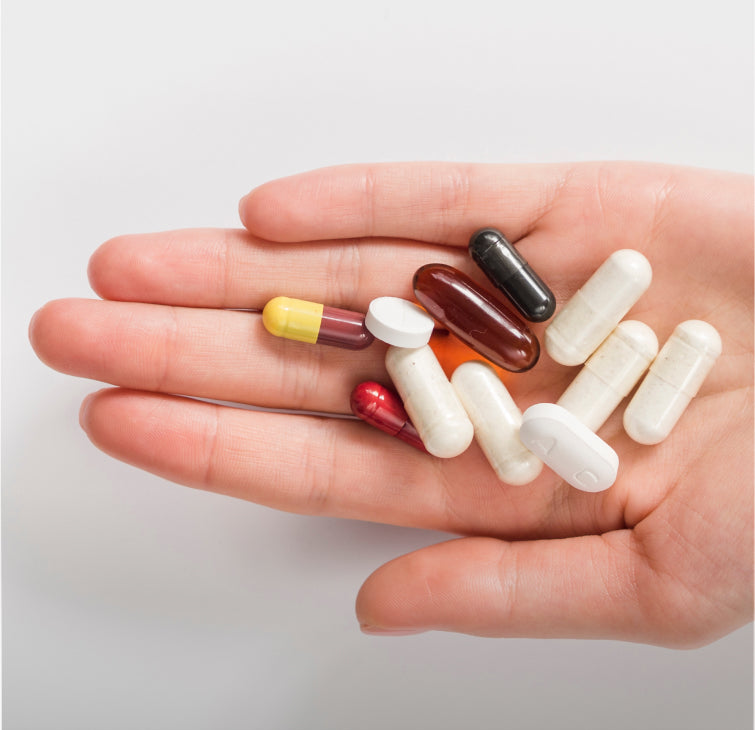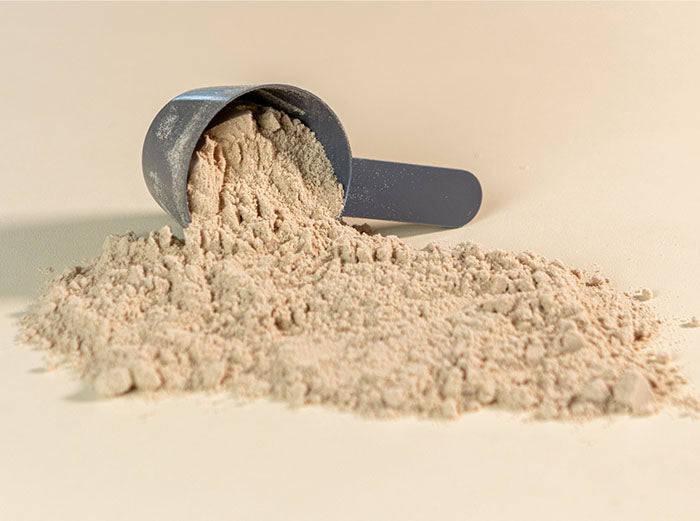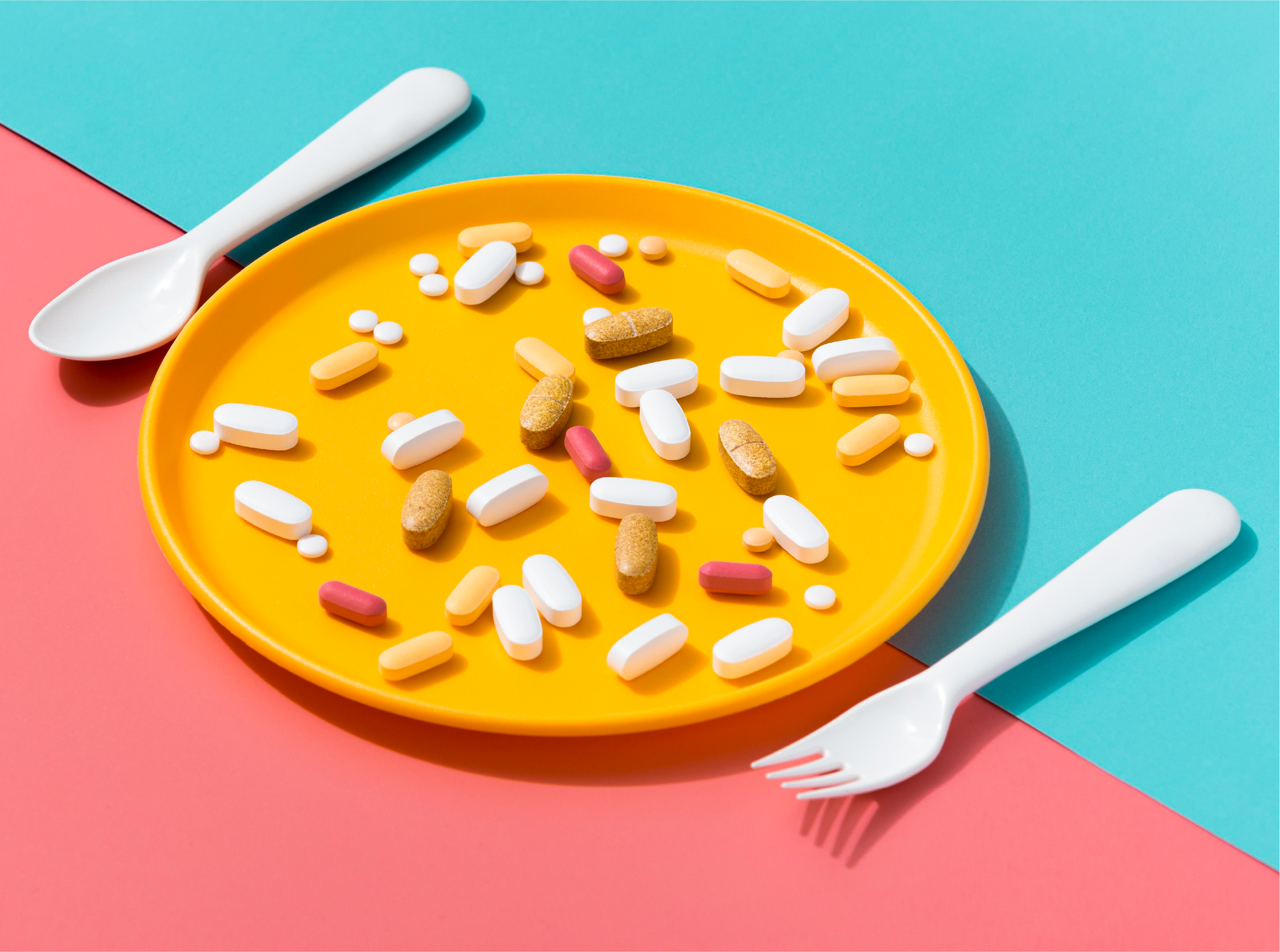Collagens are a family of structural proteins that play a key role in maintaining connective tissue, skin, bones, and joints. Collagen is rightly associated with skin and joint flexibility.
The structure of Collagen:
To understand its formation, we must consider the particular role of:
- Wisteria
- Proline
- Hydroxyproline and the role of vitamin C in its synthesis.
The components of collagen
Glycine and proline are two essential amino acids for the synthesis of collagen.
Glycine makes up nearly a third of the structure of collagen . Proline gives it its triple helix structure, which is essential for its strength and elasticity.
The other amino acids in collagen are more common to all proteins and are not a limiting factor in its synthesis if you have a balanced diet.
The cofactor of collagen: Vitamin C
Vitamin C, or ascorbic acid, is an essential cofactor in collagen synthesis that converts proline to hydroxyproline.
This conversion is necessary for the stability of collagen.
A lack of vitamin C results in lower collagen synthesis and/or possible structural defects.
Collagen synthesis
Collagen synthesis is a complex cascade of biochemical events, where glycine, proline and vitamin C interact closely.
Glycine provides the basic structure, proline gives strength and flexibility to the molecule, and vitamin C determines the conversion of proline to hydroxyproline.
These three elements form a synergy to create functional collagen fibers .
Maintaining an adequate intake of these components is imperative to promote optimal collagen production.
Consume Collagen directly?
There is no direct link between the consumption of a specific protein and its synthesis by the body.
There is destruction of the initial structure and recomposition according to genetic instructions (DNA).
The presence in the cellular environment of the most limiting amino acids (Glycine, Proline in this case) simply increases the probability of collagen production by the body.
Thus, collagen consumption indirectly promotes collagen synthesis in the body, in the same way as a targeted intake of glycine and proline. Both strategies are possible, in the presence of vitamin C.
 04 74 03 98 80
04 74 03 98 80









